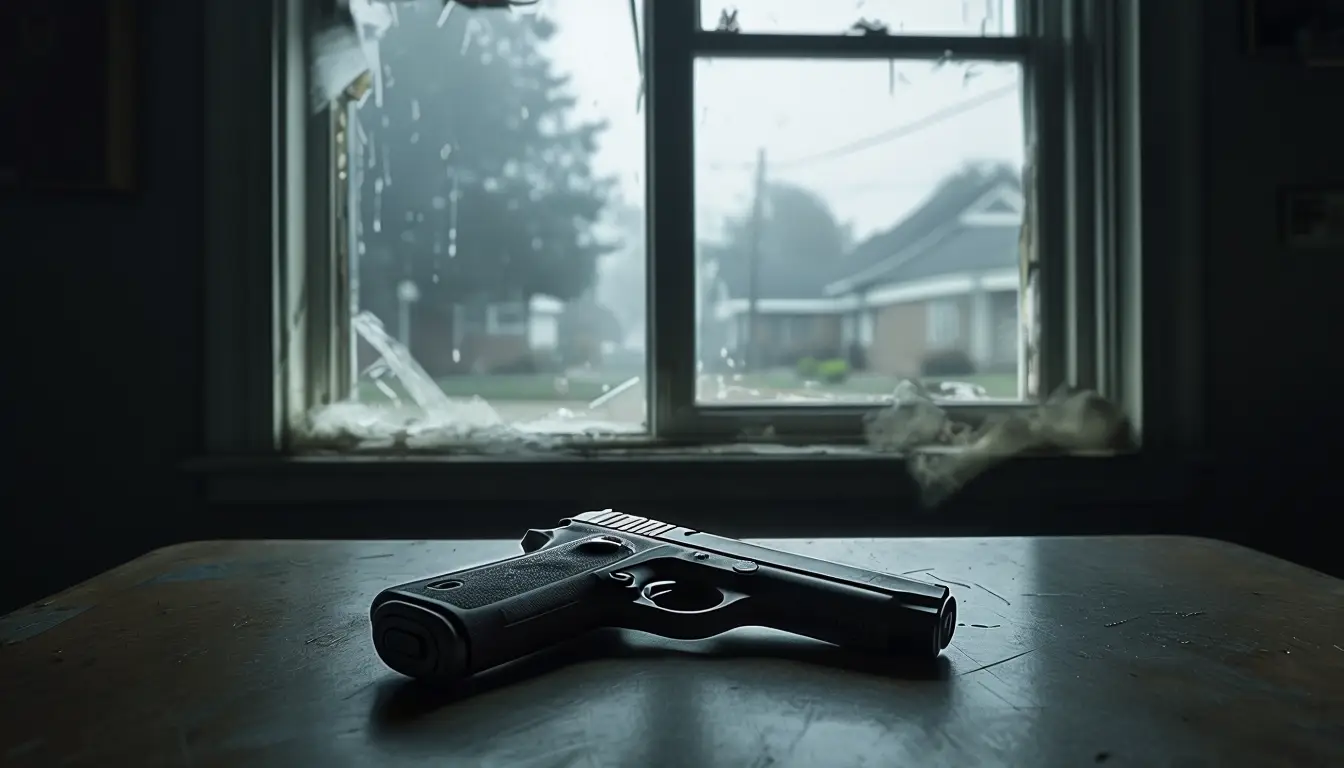
Guns Will Not Protect Women: The Myth of the “Great Equalizer”
It’s often said that guns are the “great equalizer” for women, a tool that could level the playing field against physically stronger men in dangerous situations. Advocates claim that arming women would empower them to protect themselves from violence and domestic abuse. Yet, the reality is far more complex—and far more dangerous.
In most cases, a woman owning a gun increases the risk that it will be used against her, not by her. The presence of a gun in a household where domestic violence occurs makes it far more likely that the woman will become a victim of lethal violence. Moreover, we must also account for the psychological toll many women face, including trauma, anxiety, and depression, which increases the risk of suicide when firearms are readily accessible. Studies consistently show that guns do not make women safer—they make them more vulnerable.
Research published in the Journal of Trauma revealed that women are more than twice as likely to be killed by a gun used by their husband or intimate partner than by a stranger using any weapon. A separate study from the American Journal of Public Health, which surveyed women in battered women’s shelters, found that nearly a third of these women had lived in a household with a gun, and in two-thirds of those cases, the gun was used by their partner to threaten or intimidate them. Only a small percentage of women (7%) reported using a gun successfully for self-defense, typically just to scare the abuser. These findings highlight that gun threats by intimate partners are far more common than instances where women effectively use guns to defend themselves.
Having a Gun in the House Doesn’t Make a Woman Safer – The Atlantic (archive.ph)
The Danger Within: Domestic Violence and Firearms
A significant portion of the violence women face comes from their domestic partners, not strangers in dark alleys. According to the National Coalition Against Domestic Violence, women are five times more likely to be killed if their abuser has access to a firearm.
Domestic Violence and Firearms – The Educational Fund to Stop Gun Violence (efsgv.org)
In these situations, the idea that a woman could have a gun on hand, ready to draw 24/7, is simply not realistic. Abused women are not constantly prepared to pull a gun on their abuser, and more importantly, most abused women are not mentally or emotionally ready to kill their partners.
Even when women have used guns defensively, the law often doesn’t protect them. Take the case of Marissa Alexander, a woman who fired a warning shot to deter her abusive husband. Despite her attempt to defend herself, Alexander was sentenced to 20 years in prison.
One year later, Marissa Alexander speaks out on her release, Corrine Brown (jacksonville.com)
Many men argue that shooting should only be done to kill, not to warn. But whether women shoot to warn or they shoot to kill, they often find themselves on the wrong side of the law, punished rather than protected. This reality makes it abundantly clear that having a gun does not guarantee a woman’s safety.
The Risk of Suicide: Trauma and Guns Don’t Mix
The mental health of many women is often compromised due to the trauma they endure from domestic violence, abuse, or other personal struggles. The accessibility of firearms in such circumstances significantly raises the risk of suicide. In fact, research shows that women are more likely to die by suicide if there is a gun in the home . Guns are highly lethal, and the impulsive nature of suicide makes them a fatal option when readily available.
Study: Women more likely to be suicide victims when living with guns (northeastern.edu)
For women who are already struggling with the psychological impacts of trauma, the presence of a firearm can quickly turn a moment of despair into irreversible tragedy.
Alternatives: Pepper Spray and Avoiding Dangerous Situations
If guns are not the solution, what can women do to defend themselves? Pepper spray offers a better option for self-defense. It’s non-lethal, easier to carry, and more difficult for an assailant to use against the woman. Pepper spray can incapacitate an attacker long enough for a woman to escape without the irreversible consequences of firing a gun.
But even more importantly, the best way for women to protect themselves is by avoiding dangerous situations altogether. Statistically, the most dangerous place for many women is in their own home with a male partner. The answer is clear: the safest option for women is to avoid relationships with men who are physically stronger and have the potential to become violent. A woman is unlikely to have 24/7 access to a securely stored gun, and that same gun could easily be turned against her by an enraged partner.
Guns Mean More Deaths, Not Less
The idea that guns will make women safer ignores the overwhelming evidence that increased gun presence leads to more deaths. In fact, guns are now the top cause of death among children and teens America.
As gun ownership rises, so do accidental deaths, domestic homicides, and child fatalities. These facts paint a clear picture: guns escalate violence and put women and children at greater risk.
Of course, women should have the right to defend themselves, but guns are rarely the solution. Instead of making women safer, guns often make already dangerous situations even worse. The best option for women’s safety is not to arm themselves, but to distance themselves from dangerous men altogether. In a society where men are the primary perpetrators of violence against women, the best protection is to avoid living with or being in relationships with men in the first place.
Safety for women is not absolutely guaranteed, but your best chances come from spending less time around men, and more time around other women. Guns won’t protect women—but female liberation will. ♀








